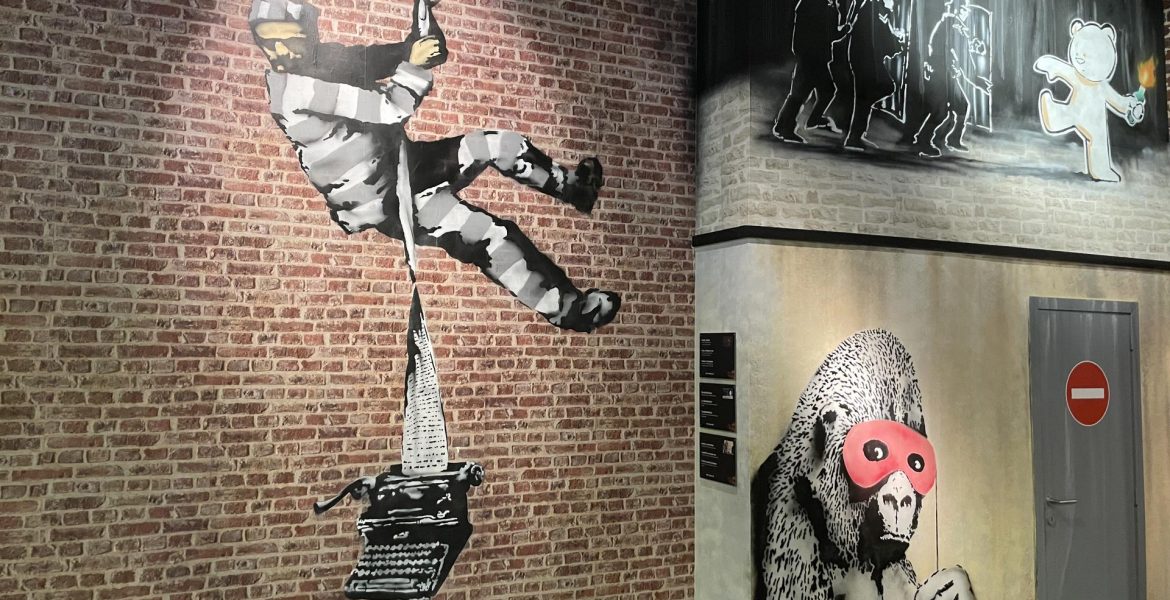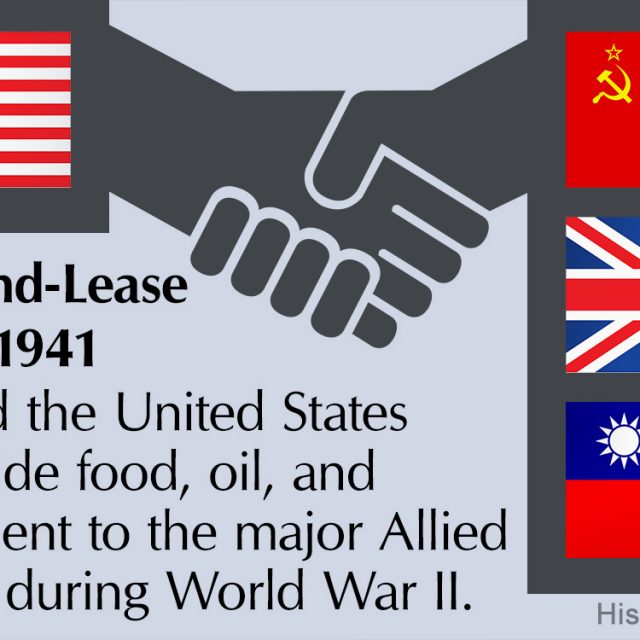It hasn’t had the same publicity but Ukraine has experienced an “invasion” of another sort in recent times.
Fortunately, this one has been of a strictly non-violent nature.
The “invasion” in question was by the renowned British street artist Banksy who, somehow, managed to get into the war-torn country recently to leave his signature art work at no less than nine separate locations in three cities in Ukraine.
Reproductions of these, and much more besides, are now on display at the Banksy Museum in Brussels.
A special section at the “World of Banksy” expo is dedicated to Banksy’s secretive (though subsequently highly publicised) Ukrainian trip, where he is thought to have travelled around the country incognito in an ambulance, forms part of the museum which houses a permanent exhibition of his world-famous work.
The Ukrainian murals are, of course, highly political but that is entirely in keeping with much of the artist’s work generally, much of which comes with heavy political messaging.
Another section features work he did on walls when visiting Palestine and there’s even a replica of the “Walled Off Hotel” he had converted into a hotel with “great views” of the wall separating the two communities. The hotel itself features lots of Banksy artwork, some shown in a video here.
But if you prefer to leave the politics aside the museum can, of course, be enjoyed equally just for the quality and imaginative scope of his art work.
It is a fantastic collection, featuring a large range of very clever and accurate reproductions of his street work (Banksy himself is said to be responsible for about 350 stencilled works since he first burst onto the street scene in Bristol the late 1990s).
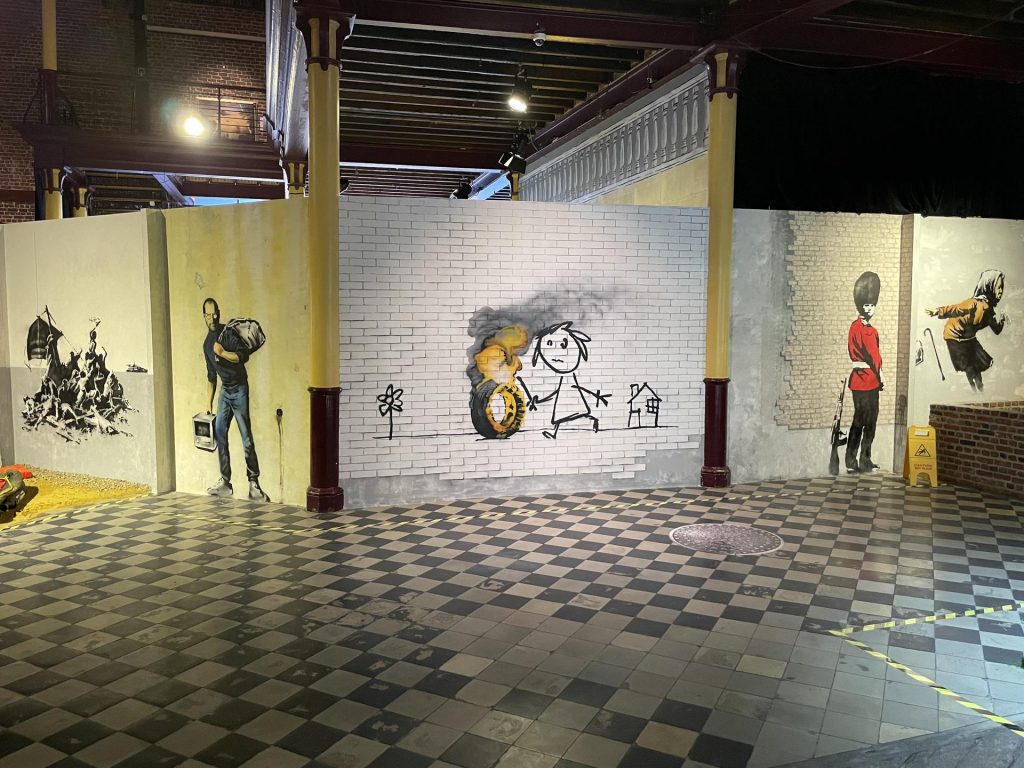
Also in keeping with the man himself, about which we actually know very little (is he married? how old is he? who are his parents?), the artists said they preferred to keep their identities private.
A degree of “secrecy” event surrounded the museum itself, located in city centre Brussels.
In the time it took to convert it from a former fabric factory, albeit very rundown at the time, no one was allowed to say what the end result would be. Banksy himself would, you feel, have been rather satisfied with that.
The “unknown” artist, who is from Bristol in south west England, would also be very impressed with the end result: a museum which really does honour him in the best possible way.
It is divided into “geographical” sections, that is, some of the places Banksy has drawn his highly distinctive stencil art work, including (the first you come to), the UK.
Others include the U.S, Australia, Paris (where he was particularly productive with 9 murals in 2018 and the aforementioned Palestine and Ukraine.
The biggest, as might be expected, is the UK section with some of his most iconic work displayed on carefully-constructed walls which, to the credit of those involved, also look very much like the real thing.
In fact, so good is the artwork on display you have to remember that these are just reproductions.
The expo also features some of the paintings Banksy bought at places like flea markets and which he then altered in his own unique manner.
A video also shows the famous auction where his work was shredded, much to the bemusement of those present.
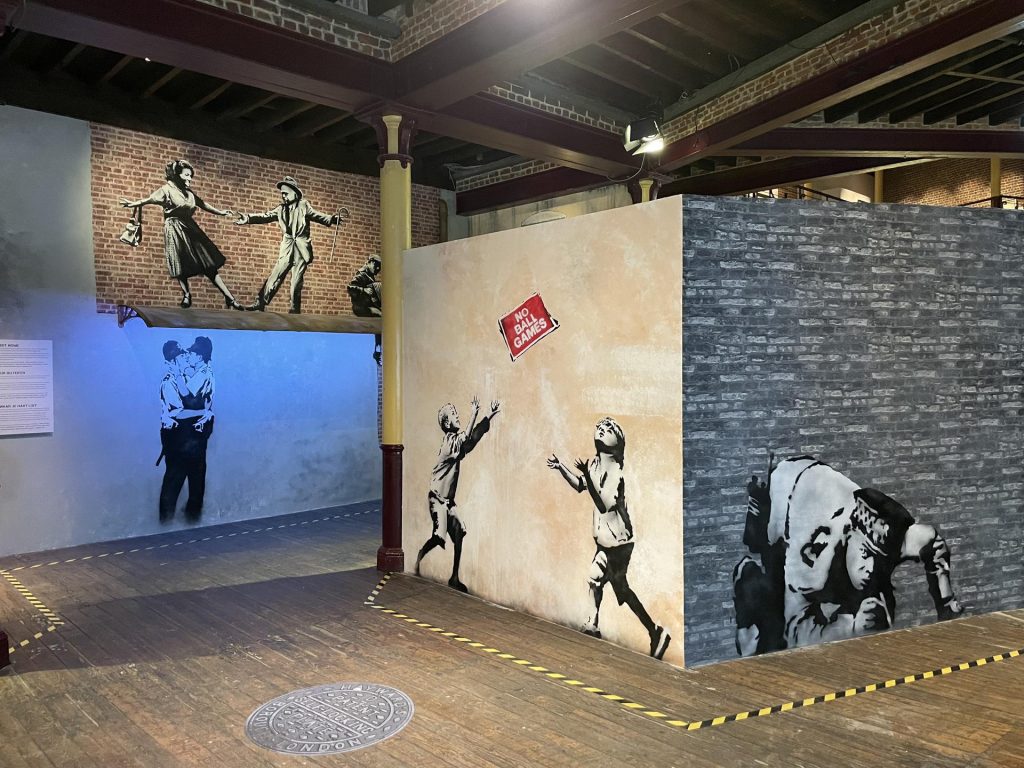
Manu Deros, a real authority on Banksy and one of those who helped with the concept of the museum, also points out that rats feature heavily – the young Banksy was apparently indebted to a Parisian street artist who leaned heavily on rats in his street work.
Banksy’s appreciation for rats is often attributed to French stencil artist Blek le Rat, who is widely considered to be the father of stencil graffiti and is famous for introducing urban art to France in the 80’s, some 20 years before Banksy. Motivated by social consciousness, Blek le Rat chose to paint rats because they were “the only free animal in the city.”
The museum is, as Manu explains, whatever the visitor wants it to be: ranging from an appreciation of the humour and social messaging of Banksy’s work (for example, two policemen kissing or a Queen’s Guard having a pee in public) to the heavyweight political stuff (a boat full of refugees trying to cross a stretch of water).
As he also says, it will also have a cross generational appeal. “We have people visiting here of all ages, young and old,” he says.
Further comment comes from Hazis Vardar, of the Banksy Museum, who said, “We want to highlight the artist’s political commitment, with a real vocation for reflection and exchange.”
“We want to present his work to the public, so that they reflect on the reasons which pushed Banksy to carry out these works.”
“The World of Banksy is much more than a simple exhibition space. Having the vision of the famous street artist in mind, we want to give visitors the opportunity to debate, and question the events of our world,” he says.
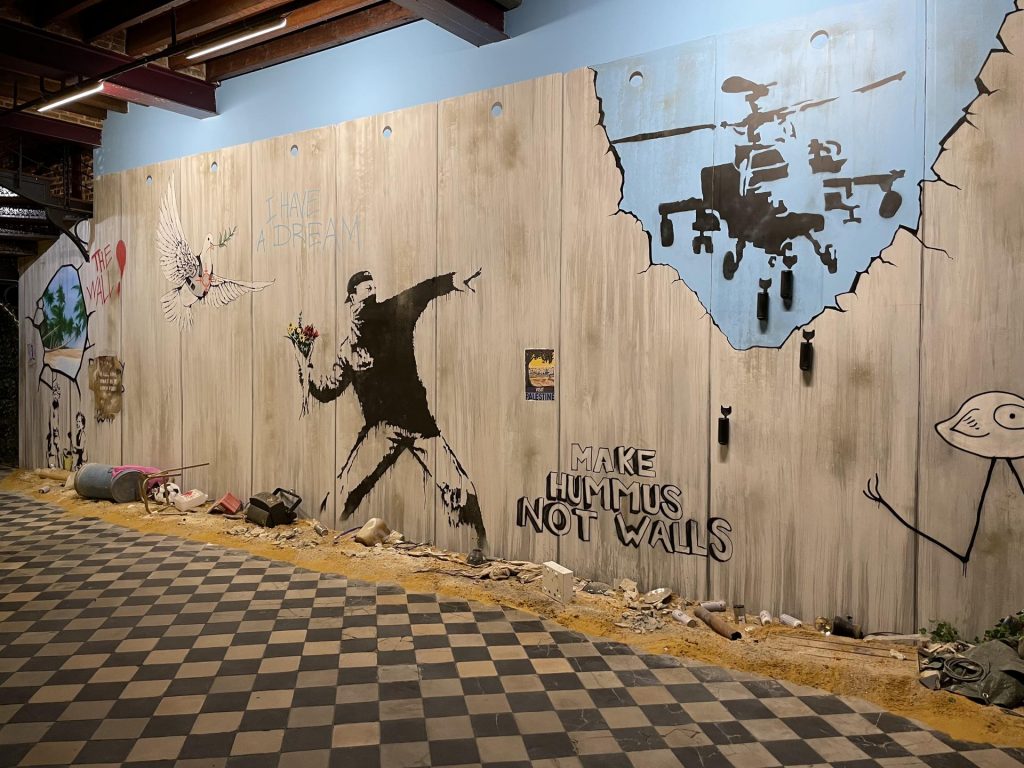
Banksy, the visitor is reminded, has also financed a boat to rescue refugees attempting to reach Europe from north Africa.
Painted in bright pink it features is artwork depicting a girl in a life vest holding a heart-shaped safety buoy. Banksy’s involvement in the rescue mission goes back to September 2019 when he sent an email to Pia Klemp, the former captain of several NGO boats that have rescued thousands of people over recent years.
Of course, some are a tad uncomfortable with someone who has based his career on anti-consumerism but who, it is generally agreed, must be enormously wealthy off the back his works, some of which sell for millions at auction.
The museum opened in November 2021 but, due to pandemic-imposed restrictions, is only now really coming into its own.
This is the only museum of its kind in Belgium but those involved in the project have also opened similar expos featuring Banksy in other European cities: Paris in an old garage and Prague in a church as well as Barcelona and Lisbon.
The museum has a small café and, at the end of a visit, you can also pick up a nice Banksy souvenir to remind you of a very, very talented and commercially clever British artist
Banksy Museum
rue de Laeken 28, 1000 Bruxelles
02 649 4983

